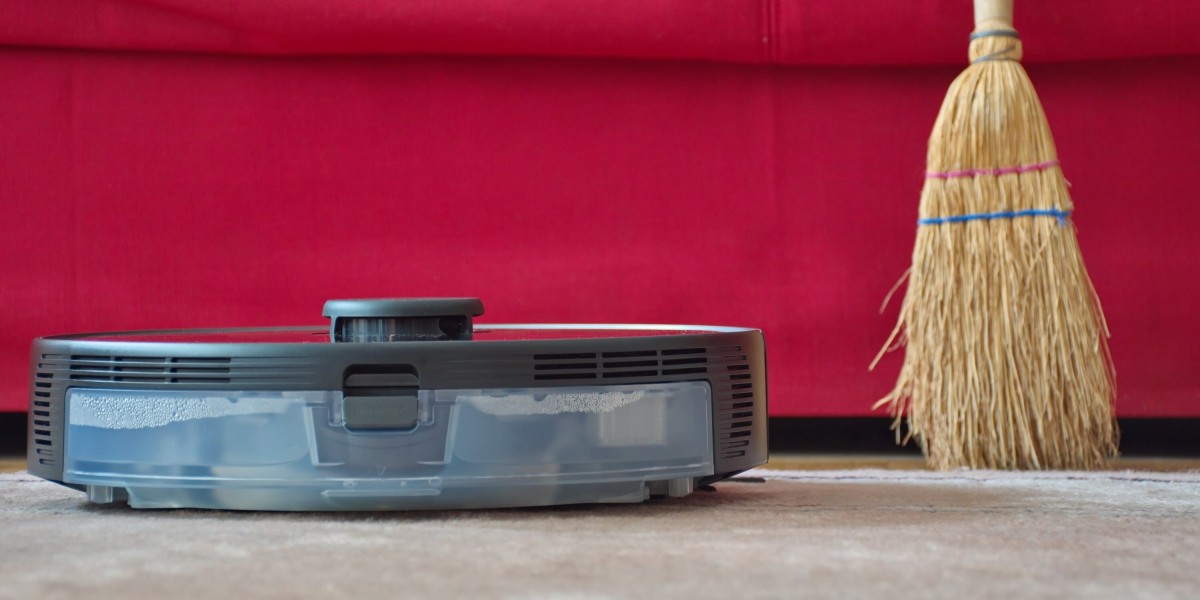Unlock the Secrets: Discover the Ultimate Battery Guide for Your RC Car!
Batteries are the lifeblood of any RC car, dictating not only how fast your vehicle can go but also how long you can enjoy the ride before needing a recharge. Whether you're a casual hobbyist or a competitive racer, understanding the different types of batteries available can make a significant difference in your RC car's battery performance. The market offers various battery options, each with unique specifications that suit different RC car models and user needs. In this article, we will delve deep into the world of RC car batteries, exploring their features, benefits, and considerations to help you choose the best option for your specific needs.

Understanding RC Car Batteries
The role of batteries in RC cars is crucial—these power sources provide the energy needed to power the motor and electronics. When you pull the trigger on your remote, it's the battery that supplies the necessary voltage and current to bring your car to life. Choosing the right battery is essential for optimal performance, as it can affect speed, runtime, and overall handling. For instance, a friend of mine who races RC cars shared that switching from a standard battery to a high-performance one significantly improved his lap times, underscoring the importance of selecting the right type for your specific application. Understanding how batteries function and their specifications can greatly enhance your RC experience.
Types of Batteries for RC Cars
When it comes to RC cars, there are three main types of batteries that enthusiasts commonly use: NiMH (Nickel-Metal Hydride), LiPo (Lithium Polymer), and NiCd (Nickel-Cadmium). Each of these battery types has distinct characteristics, advantages, and disadvantages that can influence your choice. Let's explore these options in detail to understand their best uses and limitations.
NiMH Batteries
NiMH batteries are popular among beginners and casual users due to their ease of use and reasonable performance. They are generally more affordable than LiPo batteries and are less sensitive to charging and discharging conditions. NiMH batteries offer decent capacity and provide a stable voltage output, making them suitable for a wide range of RC cars. However, they tend to be heavier than LiPo batteries and have a lower energy density, which can impact performance in high-speed applications.
LiPo Batteries
LiPo batteries are known for their high energy density, lightweight design, and superior performance. This type of battery can deliver more power than NiMH and NiCd batteries, making it the preferred choice for competitive racing. However, they require careful handling and specific charging protocols to ensure safety, as they can be prone to swelling or even catching fire if overcharged or damaged. Many experienced hobbyists, including my friend who races competitively, swear by LiPo batteries for their performance advantages, despite the extra precautions needed.
NiCd Batteries
NiCd batteries were once the standard for RC cars but have fallen out of favor for most applications. They are known for their robustness and ability to deliver high discharge rates, but they also suffer from memory effect, which can limit their lifespan if not properly maintained. Additionally, environmental concerns regarding cadmium have led to a decline in their use. While some niche applications still utilize NiCd batteries, most modern RC enthusiasts prefer the other two types.
Battery Specifications to Consider
When selecting a battery for your RC car, several key specifications should be taken into account. Voltage is crucial as it determines the power your motor receives; typically, 7.2V to 11.1V are standard ranges for most RC applications. Capacity, measured in milliamp-hours (mAh), indicates how long your car can run before needing a recharge—the higher the mAh rating, the longer the runtime. The discharge rate, or C-rating, informs you how quickly the battery can release its energy; a higher C-rating is preferable for high-performance models. Finally, size and weight are critical, as they will affect the overall balance and handling of your RC vehicle.
Charging and Maintenance Tips
Proper charging and maintenance of your batteries are crucial to ensure longevity and performance. Always use a charger that is designed for the specific type of battery you are using, and monitor the charging process to prevent overcharging. Checking the battery contacts and cleaning them when necessary can also help maintain optimal performance. Store your batteries in a cool, dry place and avoid leaving them discharged for long periods, as this can damage the cells and reduce their lifespan. Following these tips will help maximize the use of your batteries and prevent any potential issues.
Maximizing Your RC Car Experience
Choosing the right battery for your RC car is critical for enhancing your overall experience, whether you're racing or simply enjoying some fun on the track. Understanding the differences between battery types, their specifications, and how to maintain them can significantly impact your vehicle's performance and longevity. With the right knowledge and careful selection, you can unlock the full potential of your RC car and enjoy every exhilarating moment.








